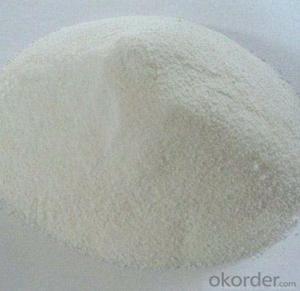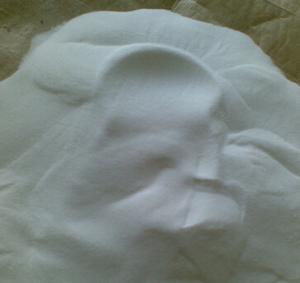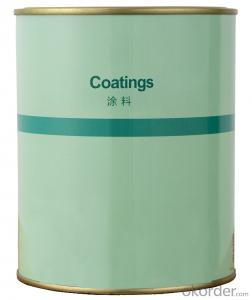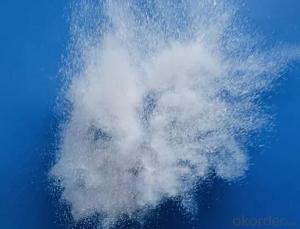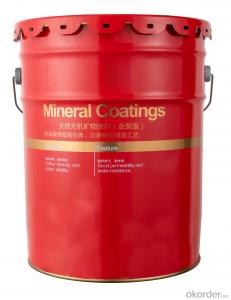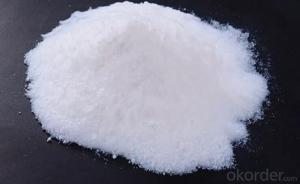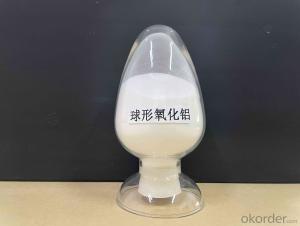Plastic Additives Impact modifier(A C R),for Plastic Tubes Reforcement
- Loading Port:
- Qingdao
- Payment Terms:
- TT or LC
- Min Order Qty:
- 5000 kg
- Supply Capability:
- 100000 kg/month
OKorder Service Pledge
OKorder Financial Service
You Might Also Like
1. Structure of Plastic Additives Impact modifier
Classification:Chemical Auxiliary Agent
CAS No.:63231-66-3
Other Names:chlorinated polyethylene
Appearance:White Powder
Chlorine Content:35%
Volatiles Content:0.3%
Tearing Strength:8.0Mpa
Elogation at Break:800%
2. Main Features of ACR
Package Details:25kg/bags, Paper and plastic bags,
Delivery Date: 7 Days
Chlorine Content:35%
Volatiles Content:0.3%
3.Specification
Item | Unit | Index | |
Chlorine content | % | 35±1 | |
Thermal decomposition temperature | ≥ 165 | ||
Volatile Matter content | % | ≤0.3 | |
Remains crystallinity | % | ≤ 5 | |
Tearing Strength | Mpa | ≥8.0 | |
Rate of filtration | 36mesh | % | ≥99 |
Shore Hardness A | ° | ≤57 | |
Apparent Density | g/ml | ≥0.55 | |
Impurity Particle | PC/ 10g | 10 | |
WhitenessR457 | ° | ≥86 | |
| Elogation at break | % | 800 | |
4.Images
PVC Impact Modifier is Mainly used for producing PVC profiles, U-PVC waterpipe & sewer pipe, cold curved pipe line, PVC blowing board and PVC extrusion board
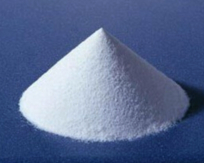

5.FAQ
1. Why Choose us?
CNBM is a stated own company, provide the guarantee for the best quality, best service and safety business.
2. How will we guarantee the quality?
a, ISO 9001-2008 quality control system;
b, Strict and regular quality control in production;
c, Inspeciation when loading into container before shippment;
d, Sample stock for one year for quality tracing and record.
3. What is your MOQ?
Our MOQ is one pallet.
4. Can you provide sample?
Yes, samples are in stock. we can offer free sample for you.
5. Payment terms?
We can accept L/C, T/T etc.
6. Do you offer OEM service?
Yes, we can print customers’ logo on the packaging;
And the size and specification can be produced and design according to your demand.
- Q:High chemistry: Does the catalyst affect the heat and heat of the reaction?
- The catalyst that has no effect affects only the rate of reaction
- Q:Will the catalyst change in the chemical reaction?
- The catalyst is actually involved in the chemical reaction, the catalyst is added to the reaction, becomes the other material, and then the reaction becomes back, and appears to have no change, actually involved in the change, but the end result the catalyst did not change
- Q:Effect of Catalyst on Chemical Reaction Rate
- The catalyst can reduce the activation energy of the chemical reaction and allow the reaction to take a shortcut
- Q:in acid-catalyzed reaction,there are some books show the acid catalyst as H+ and there are some show it as H3O+ .Are they the same?
- Sort of. If the reaction is under aqueous conditions (any water is included in the reaction), then yes, H+ = H3O+. This is because free protons present (H+) will be coordinated generally to molecules of water [thus H2O + H+ =H3O+ ]. But there are reaction conditions where water is not present, but an acid catalyst is still possible. In these cases, the acid catalyst may frequently be indicated as simply H+. Either way, the function in most of your reaction mechanisms is basically the same, whether indicated as H+ or H3O+ -- and that's to protonate molecules (Lewis or Bronsted bases) with H+. Concentrated sulfuric acid would be an example of a mostly-anhydrous (no water) strong proton/acid source (H+). Hydrochloric acid (HCl) frequently is available as an aqueous solution, even concentrated HCl is an aqueous solution of HCl. HCl itself is a gas under ambient conditions... but it has solubility in water and thus is conveniently sold frequently as an aqueous solution (which could be represented as H3O+)
- Q:What is the catalyst for ethylene addition water? How to play a catalytic role.
- With dilute sulfuric acid can be. Sulfuric acid will be added with the addition of ethyl hydrogen sulfide, and then hydrolyzed into ethanol.
- Q:A catalyst elevates the rate of a reaction by?
- Catalysts work by providing an (alternative) mechanism involving a different transition state and lower activation energy. Consequently, more molecular collisions have the energy needed to reach the transition state. Hence, catalysts can enable reactions that would otherwise be blocked or slowed by a kinetic barrier. The catalyst may increase reaction rate or selectivity, or enable the reaction at lower temperatures. This effect can be illustrated with a Boltzmann distribution and energy profile diagram. Take a look!
- Q:How to poison the catalyst. What can be done?
- In the reactants or catalyst mixed with a small amount of material, so that the catalyst catalytic capacity of a sharp decline or even loss, this phenomenon is called catalyst poisoning. For example, in the synthesis of ammonia feed gas containing CO, CO2 and H2S, PH3, water vapor and other impurities, can make iron catalyst poisoning; contact with the system of sulfuric acid, if arsenic and selenium oxide (As2O3, SeO2), can make vanadium catalyst Loss of activity. Therefore, it is necessary to purify the feed gas, prevent the poisoning of the catalyst, and also reduce the corrosion of the equipment. The phenomenon of catalyst poisoning is sometimes temporary, the removal of toxicants, the effectiveness of the catalyst can still be restored; sometimes it is permanent, without chemical treatment can not restore catalytic performance.
- Q:Why can't catalysts make an unfavorable reaction favorable?Can anyone give me a relatively simple explanation for this?Thank you so much in advance!
- Catalysts, as enzymes, only change the activation energy (the energy the compound needs to gain to transform into products), they don't change the Gibbs energy values of reactants nor products. Therefore, if the delta G of the reaction is positive, it'll still need free energy to complete. They make a reaction complete faster than in normal conditions, but don't change the actual possibility for that reaction to happen. In the human body, a lot of reactions of catabolism have a positive G value and these reactions needs to get energy from other coupled reactions that have a negative value, so the total value is still negative. Many of them use hydrolysis of ATP to provide that energy, as its hydrolysis is about -30 kJ/mol in physiological conditions. I don't know what class you're in to ask this question, so can't really know if this answer is too simple or complicated for u... sorry in advance! Jo?l
- Q:In the chemical calculation, the quality of the catalyst should not be counted before and after the reaction
- Half is not easy to save trouble
- Q:What is the chemical nature of the enzyme?
- The difference between the enzyme and the general protein is that the enzyme is a protein with a special catalytic function. Similarly, the enzyme, like other proteins, consists mainly of amino acids, with one, two, three and quaternary structures, and the same enzyme as other proteins The composition of the enzyme can be divided into two types: simple protein and binding protein. Some enzymes are only protein, its activity depends on its protein structure, such enzymes are simple protein; other enzyme active ingredients in addition to containing protein, but also There are some small molecules that cofactor, the two together to be active, such enzymes belong to the binding protein.The protein part of the protein is called the enzyme protein, non-protein part called the cofactor
1. Manufacturer Overview |
|
|---|---|
| Location | |
| Year Established | |
| Annual Output Value | |
| Main Markets | |
| Company Certifications | |
2. Manufacturer Certificates |
|
|---|---|
| a) Certification Name | |
| Range | |
| Reference | |
| Validity Period | |
3. Manufacturer Capability |
|
|---|---|
| a)Trade Capacity | |
| Nearest Port | |
| Export Percentage | |
| No.of Employees in Trade Department | |
| Language Spoken: | |
| b)Factory Information | |
| Factory Size: | |
| No. of Production Lines | |
| Contract Manufacturing | |
| Product Price Range | |
Send your message to us
Plastic Additives Impact modifier(A C R),for Plastic Tubes Reforcement
- Loading Port:
- Qingdao
- Payment Terms:
- TT or LC
- Min Order Qty:
- 5000 kg
- Supply Capability:
- 100000 kg/month
OKorder Service Pledge
OKorder Financial Service
Similar products
New products
Hot products
Hot Searches
Related keywords
